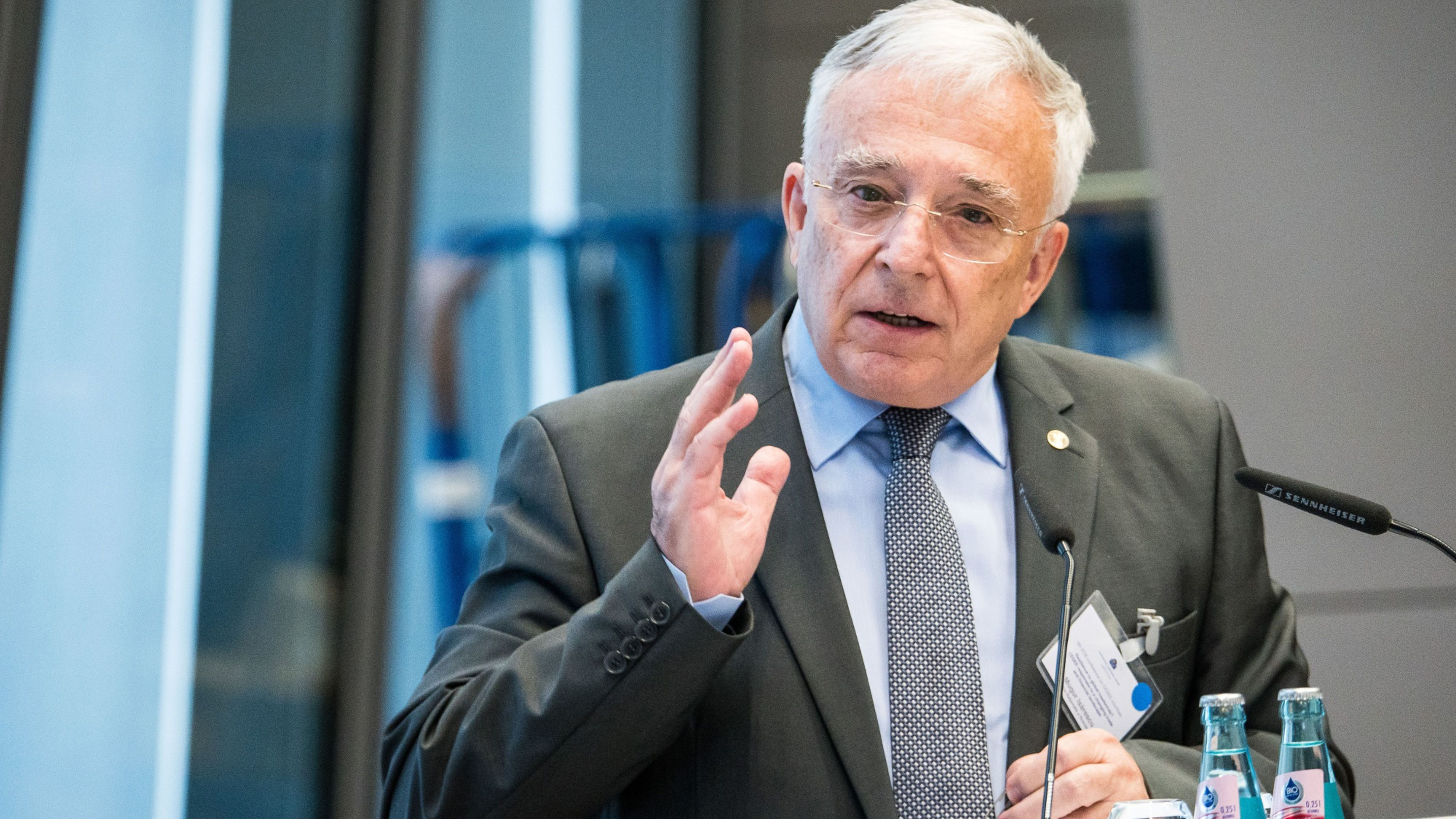
Mugur Isarescu, governor of the National Bank of Romania speaks to Kit Gillet about the pandemic, key recent developments for Romania’s banking sector and the outlook for the period ahead.
Q: How did the Romanian banking sector perform in 2021 and what do you expect for 2022?
A: Last year was the seventh straight year of profit making for Romanian banks, with the return-on-equity above 13%, while the pandemic hardly left a mark as far as non-performing loans (NPLs) are concerned. NPLs ticked up to 4.4% in mid-2020 from 4.1% at end-2019, before declining to 3.5% at end-2021.
As financial intermediation lingers near 27% for some time now, I would say there is great room for banks to exploit all the opportunities offered by an economy embarked on EU convergence and aiming for a sustainable development path.
Q: As a central bank, what was your approach during the pandemic?
A: Our response was swift and the series of measures – proportionally with the evolving situation – was aimed at supporting the economy.
The key policy rate was lowered to an annual 1.25%, we ensured liquidity at moderate levels in order to avoid flooding the money market with excessive cash and also looked carefully to the relative stability of the leu’s exchange rate. We have also acquired a moderate volume of government bonds on the secondary market to stabilise yields.
In a nutshell, we used all the instruments in our toolkit, but have not exhausted it. We rather calibrated it gradually in line with trends in the economy, as well as the regional and global context. Once inflation re-emerged, the normalisation process kicked off at an adequate sequence – we stopped government bonds purchases, tightened liquidity control and, starting last autumn, raised the monetary policy rate, widened the National Bank of Romania’s (BNR’s) interest rate corridor and maintained unchanged reserve requirement ratios.
Q: Were you able to call upon previous experiences to help navigate your responses to the pandemic?
A: The pandemic has been labelled as an event “like no other” and it actually was. Nevertheless, there are some lessons from my experience – with quite a few key inflexion points worth mentioning from the Asian and Russian upsets in the 1990s to the 2008 global financial crisis. Namely, prepare during calm times and act swiftly to contain, but avoid sharp moves or exhausting your toolkit at once. Last, though not least, communicate clearly to ensure that confidence is preserved.
The recovery was quite strong but vulnerabilities still linger. Therefore, enhancing the capacity and ability to respond to adverse and critical situations is essential.
Q: How concerning is the conflict in Ukraine for Romania and its economy?
A: A fire next to your house is always a matter of concern, especially in windy times that would add pressure, heightening uncertainties. Even though Romania’s economic and financial exposure with the two states is relatively modest, it’s a risk for the economic outlook. The impact will depend on how it evolves, the repercussions of the current sanctions and of any other further measures.
In the first days of the conflict there was a bit of pressure at the exchange offices across Romania amid a psychologically-driven demand for foreign currencies. We managed to logistically meet that rise in demand for foreign cash banknotes, also because of lessons learned from my past experience.
While all Romanian institutions have implemented the EU-agreed measures for the unprecedented situation Romanian authorities as well as the private sector – including banks and non-governmental organisations – have been offering much-needed humanitarian support.
Q: What pressures are rising gas prices having in Romania, as well as double-digit levels of inflation?
A: As with many other EU member states, Romania is preoccupied by the geopolitical and energy situation and their impact on inflation.
Two decades ago, Romanian inflation hovered inside the double-digit range. After the adoption of an inflation targeting regime in 2005, and the accession to the EU in 2007, BNR, as part of the European System of Central Banks, acted steadily towards bringing inflation down to the levels prevalent among European countries. The headline inflation rate remained inside or below the target variation band for much of the seven years leading into 2021.
Inflationary shocks on the energy components of the consumption basket hit repeatedly throughout second half of 2021. Even partly offset by a government support scheme, the energy component, including gas, still accounted for more than half of the overall annual inflation rate by the end of 2021.
Our latest inflation report, before the Ukraine conflict, show inflation expectations on the one-year horizon have risen sharply, while the two-year-ahead expectations were close to the target variation band, suggesting an anchoring mechanism still in place.
As always, BNR will continue to use all policy tools to tame inflation and be supportive of the economic recovery.


